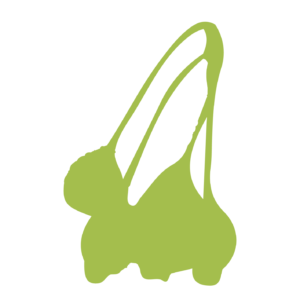Estripio (Galician) | Escalheiro, Espinheiro (Portuguese) | Peral silvestre (Spanish) | Poirier sauvage (French)
A deciduous shrub or tree that grows to a height of 15 m, with a more or less pyramidal crown, thorny branches, a greyish bark and covered in hair when young.
The leaf lamina measures 3-6 m in length and between 1,5 and 5 cm in width. They are deciduous, alternate (characteristic of the intermediate branches, the ends appearing very close together), oval or rounded, ending in a point, its base sometimes heart-shape or straight and somewhat serrated on the margins. They are hairy when budding but lose the hair leaving them completely smooth at maturity.
Their white flowers also blossom in clusters between April and June. The peduncle (stalk) or stem of the fruit is what distinguishes it, a width of between 1-1,3 mm and are flexible. The pears are globose, red, yellowish or brown when ripe.
This pear tree grows along the edges of birch, beech, oak, etc. forests, thickets, hedges, roadsides and orchards as well as in open spaces. Indifferent to the substrate, it tolerates all types of soil, and grows from sea level up to approximately 1500 m.
Found in eastern, central and western Europe, the north of Africa, Anatolia and Kurdistan. On the Iberian Peninsula, they occupy the centre and north of Portugal, the regions of Galicia, Asturias, Cantabria, the Basque Country, Navarre, and the northernmost provinces of Castile and Leon.
The wood of old pear trees, if still healthy, are highly prized by woodturners, cabinet makers and carpenters for being hard, easy to polish and very solid. It is sometimes used to make drafting instruments and is good for fuel and charcoal, the bark providing a yellow dye.
Pyrus and pirus were the names given by the Romans to pear trees, derived from an ancient Mediterranean language or from pir a Celtic word. The epithet cordata refers to the heart-shaped base of some of the leaves.







